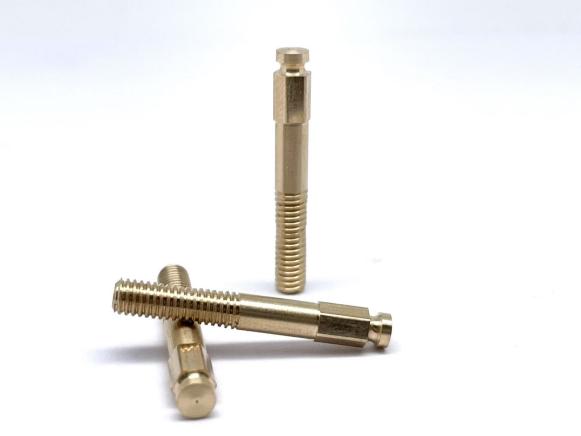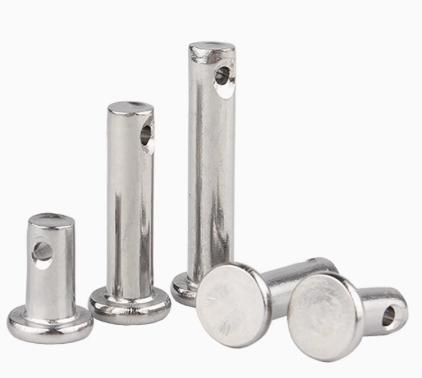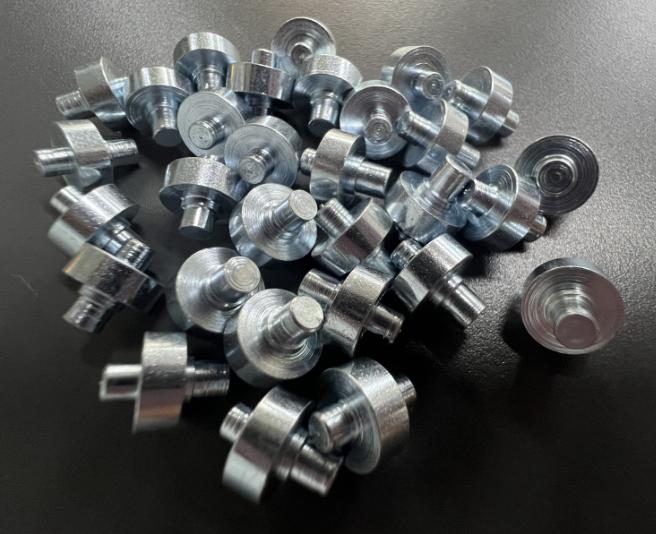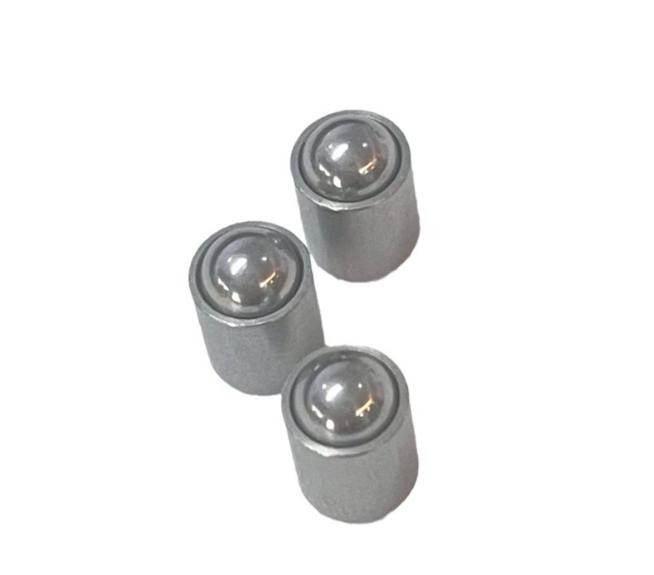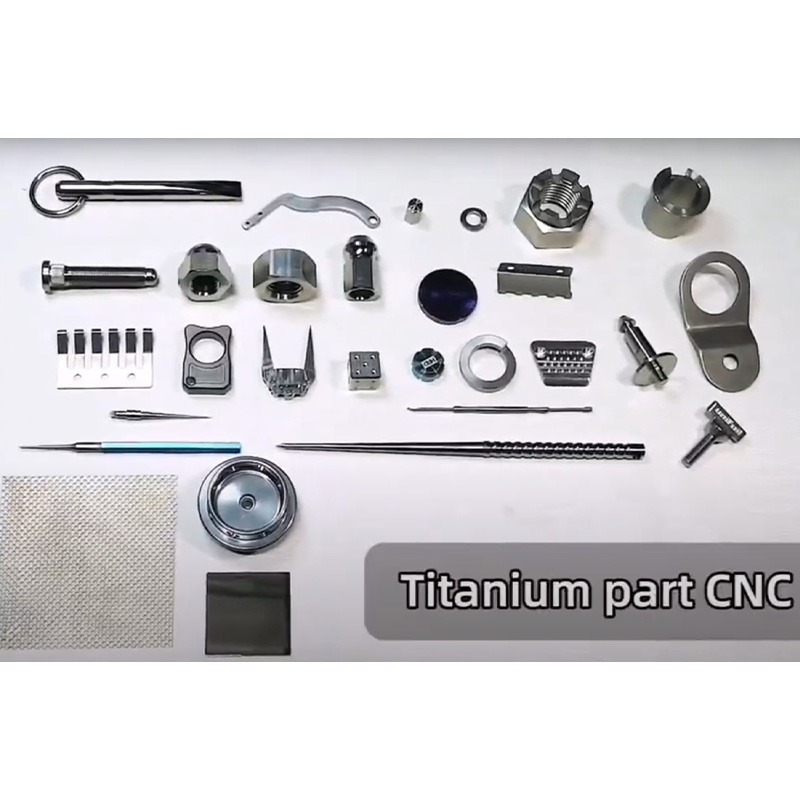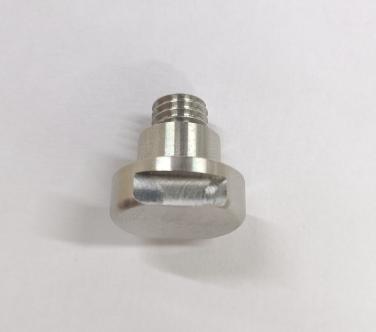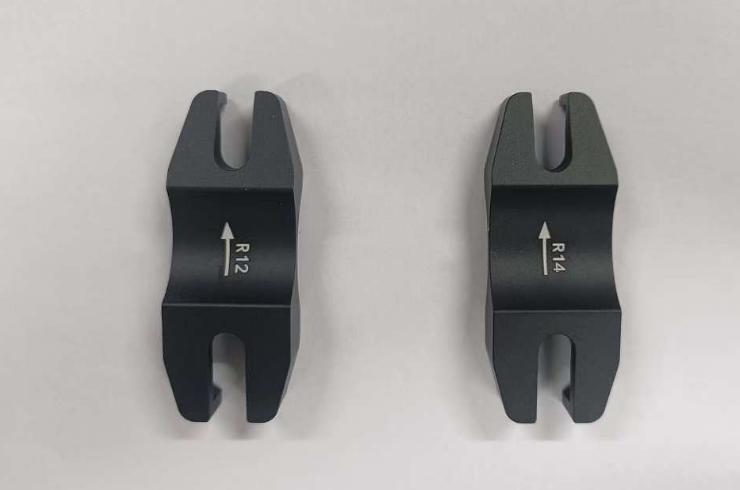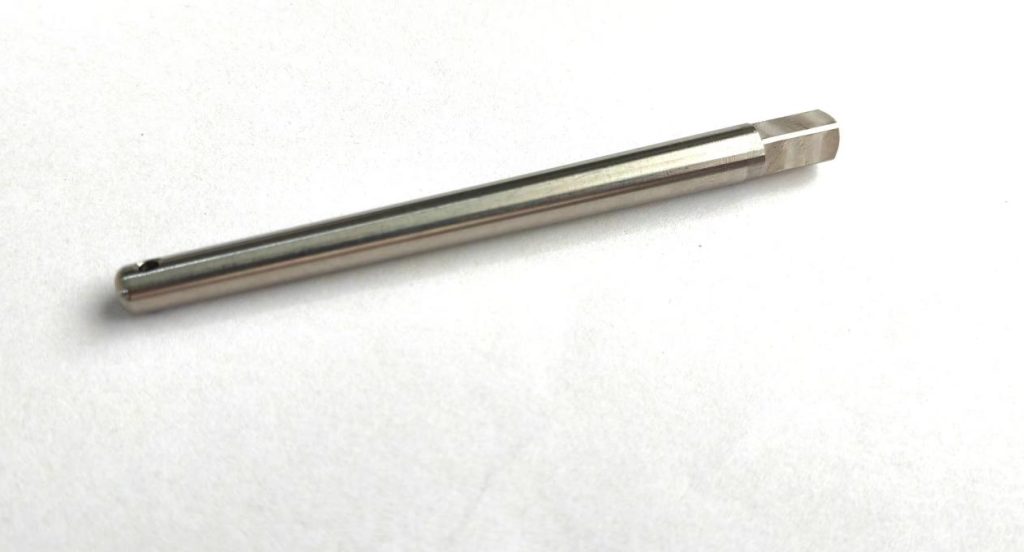Understanding the Challenges Faced in the Production of CNC Lathe Parts: What are Common Challenges and How to Address Them?
CNC lathe machines have revolutionized the precision and efficiency of part production in a variety of industries. While these machines provide unrivaled accuracy and repeatability, CNC lathe part production is not without its difficulties. Understanding and addressing these issues is critical for manufacturers looking to improve their processes and deliver high-quality components. In this article, we will delve into some of the common challenges faced in the production of CNC lathe parts and how to address these challenges.
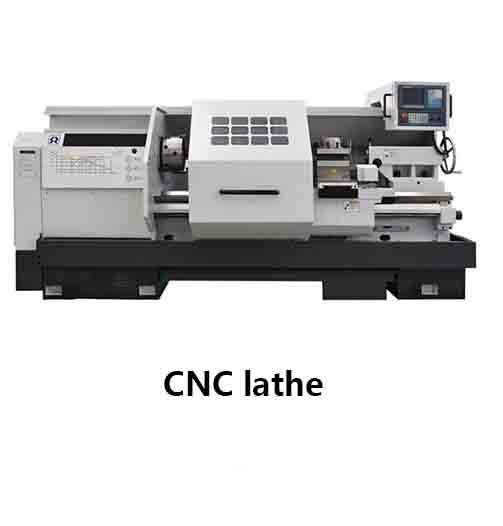
Common Challenges Faced in the Production of CNC Lathe Parts
1. Material Selection and Machinability
Material Hardness:
When working with high hardness materials, CNC lathes face challenges. Hard materials can cause increased tool wear and reduced tool life, affecting both the finished part’s quality and the machining process’s efficiency.
Material Chip Formation:
Certain materials, particularly those prone to chip formation, can be difficult to machine. Chip evacuation strategies and tool selection are critical for preventing chip-related issues like chip entanglement and tool breakage.
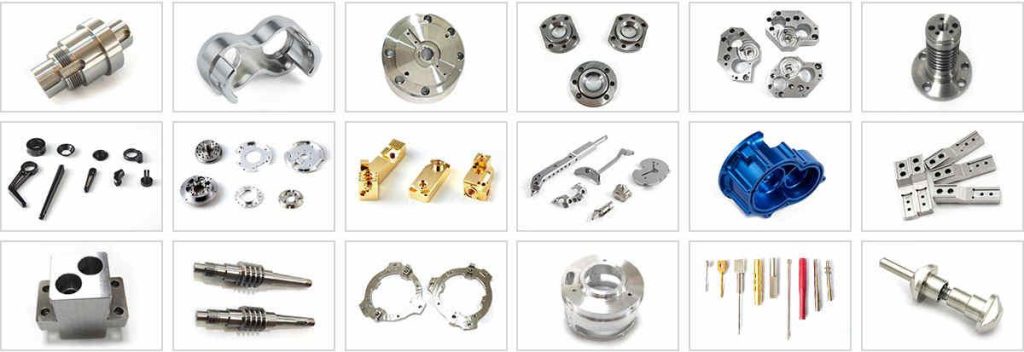
2. Tool Wear and Maintenance
Tool Life and Replacement:
Tool wear is an inevitable part of the machining process, but excessive wear can lead to poor part quality and higher production costs.
Tool Chatter and Vibration:
Tool chatter and vibration are common problems during CNC lathe operations. These issues not only have an impact on the surface finish but can also lead to tool breakage.
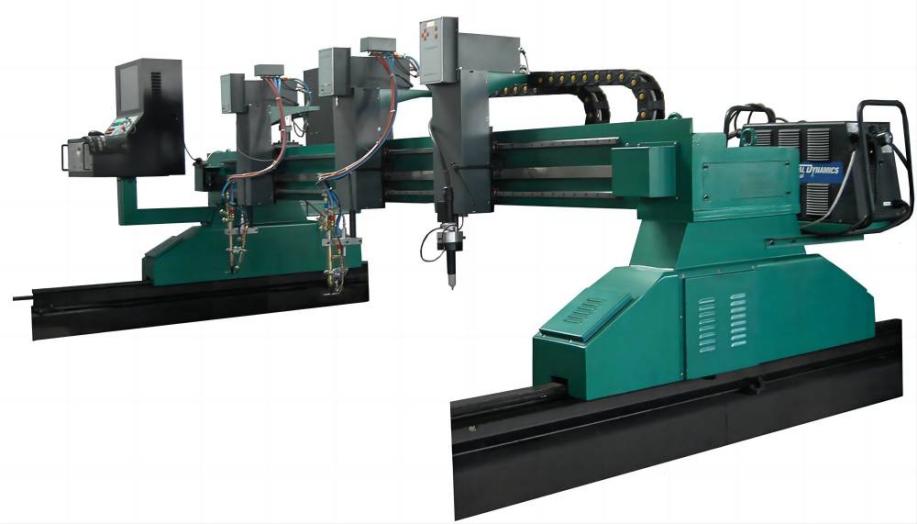
3. Programming and Toolpath Optimization
Optimizing Toolpaths:
Inefficient toolpaths can lead to longer machining times, increased tool wear, and unnecessary machine stress. To ensure smooth and efficient machining operations, effective programming and toolpath optimization are required.
Program Errors and Debugging:
Errors in CNC lathe programming can result in scrap parts and production delays. Debugging and refining programs to eliminate errors is a continuous challenge, especially as part complexity grows.
4. Tolerances and Surface Finish
Meeting Tight Tolerances:
Consistently achieving tight tolerances is a difficult aspect of CNC lathe part production. To meet specified tolerances, factors such as thermal expansion, tool deflection, and machine accuracy must be carefully considered.
Surface Finish Quality:
Surface finish is critical in many applications, particularly in the aerospace and medical industries. Cutting speed, feed rate, and tool selection are all critical for achieving the desired surface finish.
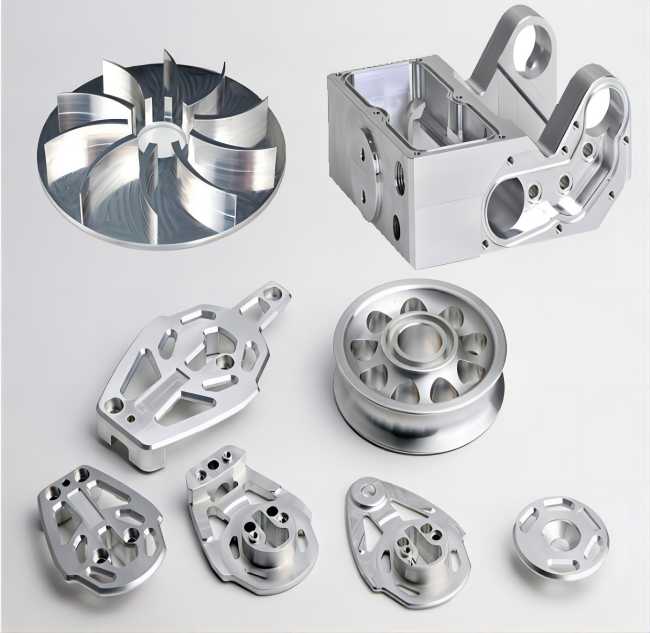
5. Workholding and Fixturing
Workpiece Stability:
It is critical to ensure the workpiece’s stability while machining. Vibrations, inaccuracies, and even tool breakage can result from insufficient workholding.
Changing Over Between Parts:
Quick and efficient changeovers between different parts are vital for maintaining productivity. Inadequate planning for part changeovers can lead to extended downtime and reduced overall efficiency.
Key Strategies to Address Common Challenges in the Production of CNC Lathe Parts
Addressing the challenges faced in CNC lathe part production requires a combination of proactive planning, technological advancements, and continuous process improvement.
1. Material Selection and Machinability
Tool Selection and Coatings:
Select cutting tools with appropriate coatings and materials for the hardness of the workpiece. Advanced coatings can increase tool life and decrease wear.
Optimized Cutting Parameters:
To match the machinability of the material, adjust cutting parameters such as speed, feed rate, and depth of cut. Optimizing can reduce tool wear and increase overall efficiency.
2. Tool Wear and Maintenance
Monitoring and Predictive Maintenance:
Implement a tool monitoring system to track tool wear in real time. Predictive maintenance practices enable timely tool replacements, preventing production disruptions.
Vibration Damping Solutions
Invest in tooling solutions for CNC lathes with vibration-damping properties to mitigate tool chatter and reduce the risk of tool breakage. Balanced cutting forces contribute to longer tool life.
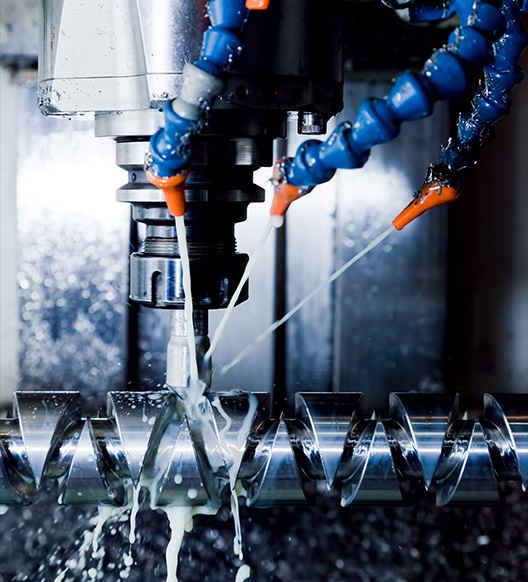
3. Programming and Toolpath Optimization
CAM Software Utilization:
To generate efficient toolpaths, use advanced Computer-Aided Manufacturing (CAM) software. Cutting strategies can be optimized using CAM software, reducing unnecessary tool movements.
Simulation and Testing:
Prior to actual production, simulate CNC programs to identify potential errors and optimize toolpaths. Testing in a virtual environment reduces the likelihood of errors during the machining process.
4. Tolerances and Surface Finish
Precision Machine Calibration:
Regularly calibrate CNC machines to ensure accuracy and maintain tight tolerances. This is particularly important for high-precision applications.
Tool and Machine Rigidity:
Invest in rigid cutting tools and machines to minimize tool deflection, contributing to better control over tolerances and improved surface finish.
5. Workholding and Fixturing
Customized Fixturing Solutions:
Create and implement custom fixtures for various parts to ensure part stability during machining. Customized fixturing reduces vibrations and improves overall accuracy.
Quick-Change Systems:
Implement quick-change systems for work holding to facilitate efficient changeovers between different parts. This minimizes downtime and enhances overall productivity.
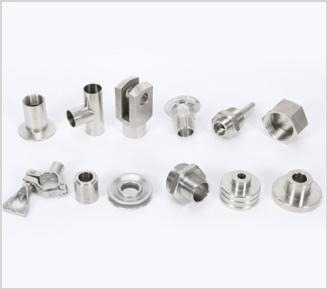
6. Continuous Training and Skill Development
Operator Training Programs:
Invest in comprehensive training programs for CNC machine operators. Ensure that operators are well-versed in programming, troubleshooting, and preventive maintenance.
Cross-Training:
Operators should be cross-trained to handle various aspects of CNC lathe operations. Versatile operators can help to smooth out transitions during part changes and adapt to changing production needs.
7. Process Monitoring and Data Analysis
Implementing Data Analytics:
Monitor and analyze machining data using data analytics tools. This can provide insights into potential problems, aid in process optimization, and guide decision-making for continuous improvement.
Feedback Mechanisms:
Create regular feedback loops for machine operators, programmers, and maintenance personnel. This collaborative approach ensures that problems are identified and addressed as soon as possible.
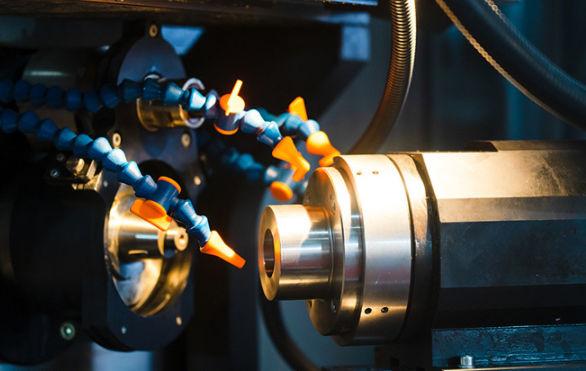
Conclusion
The production of CNC lathe parts, while highly efficient and precise, comes with its own set of challenges. Manufacturers must overcome these obstacles by combining advanced technologies, strategic planning, and ongoing process optimization. Manufacturers can improve the reliability and efficiency of CNC lathe operations by addressing material selection, tool wear, programming, tolerances, and workholding issues, ultimately delivering high-quality CNC machining to meet the demands of modern manufacturing industries.

